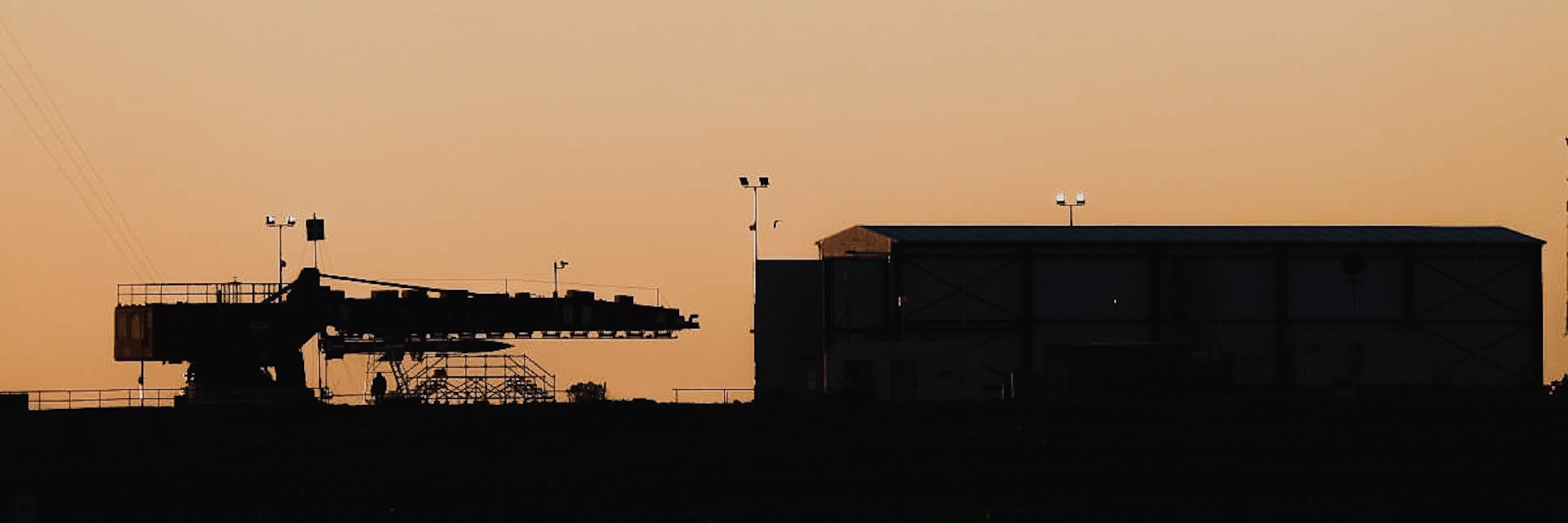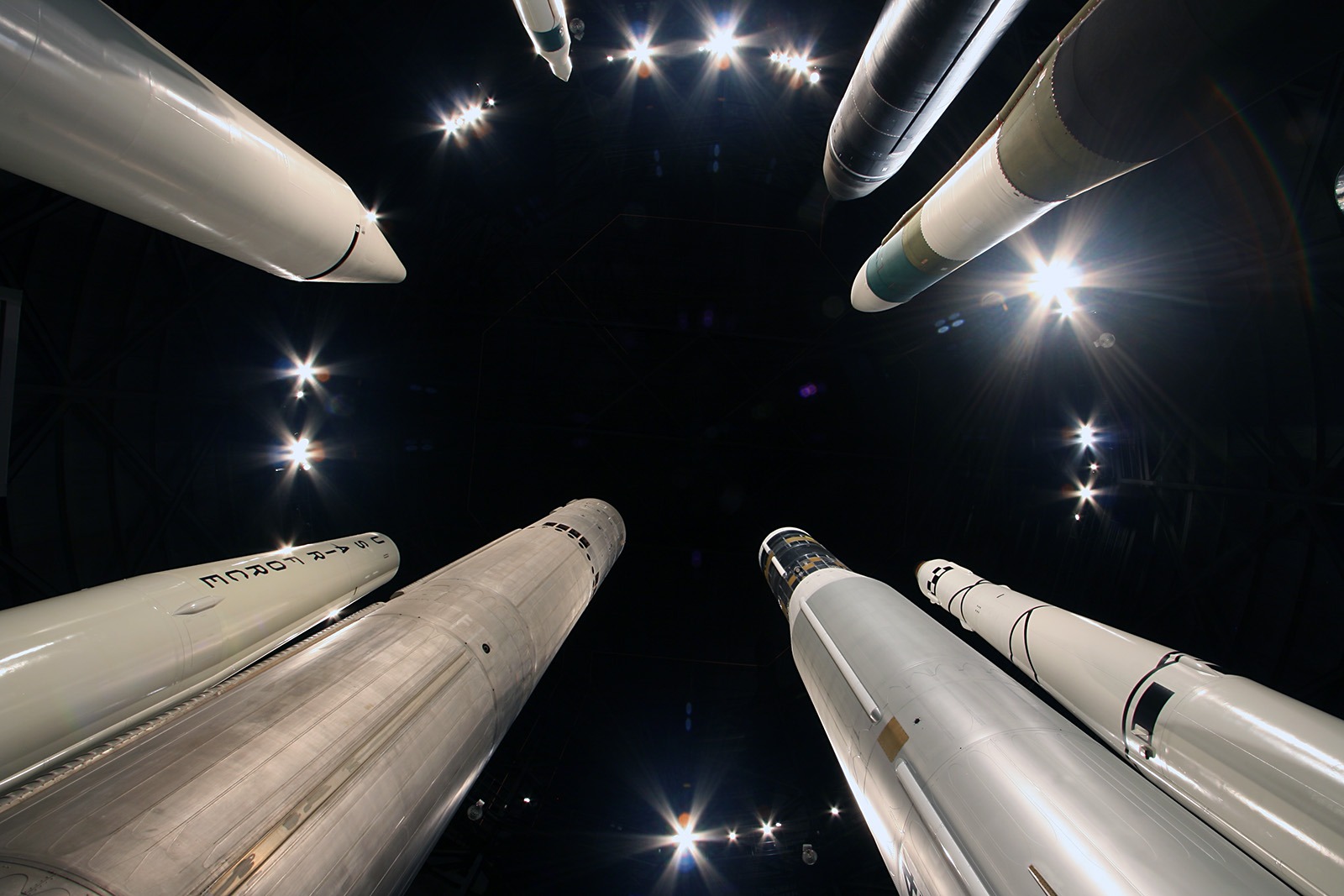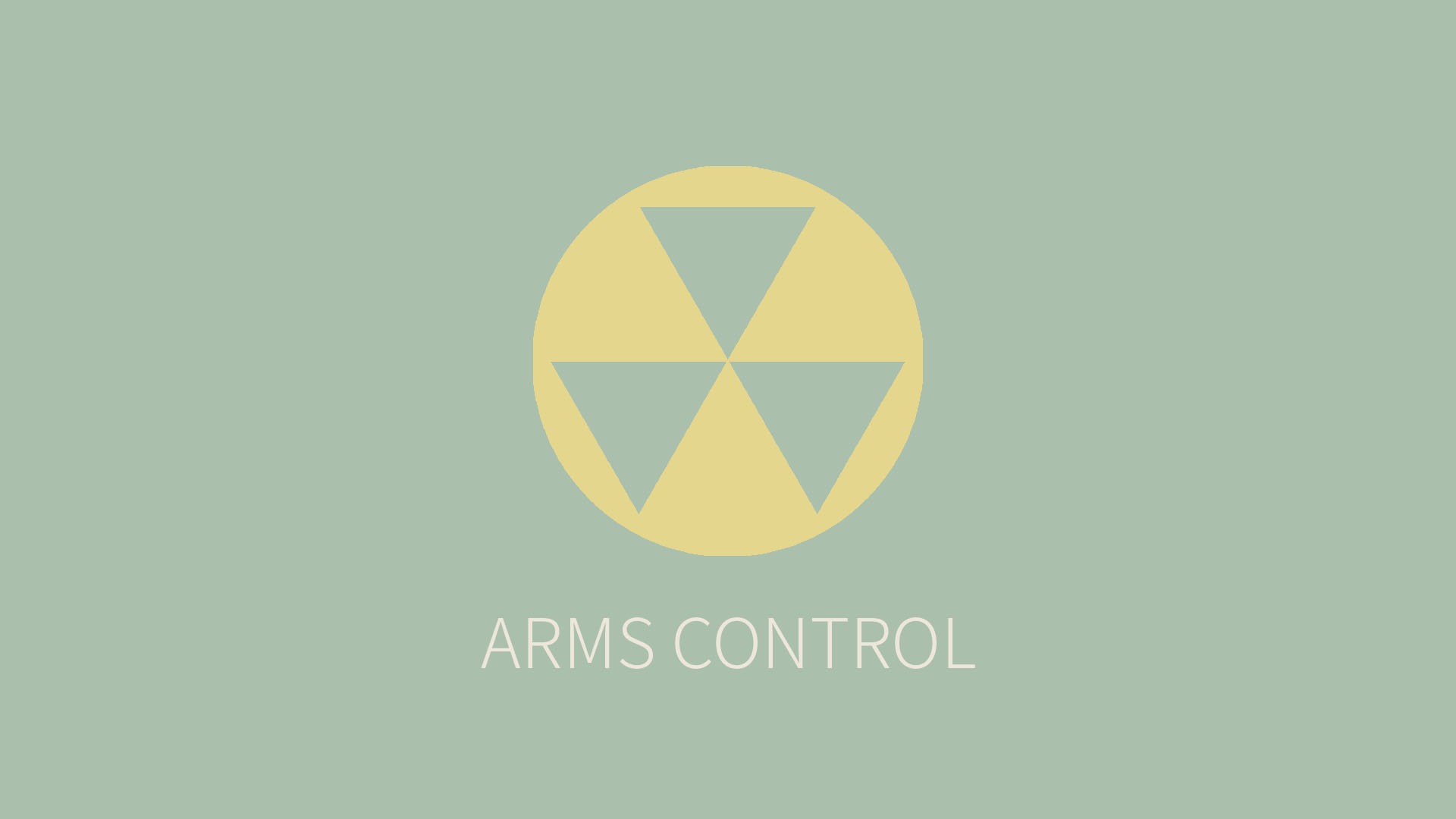Australia, Hypersonic Weapons & Arms Control in the Asia-Pacific
In December 2020, the Australian government announced a plan to develop its own hypersonic weapons by 2025. The goal is to boost the country’s defence potency in the face of China’s asymmetric development of INF-range missiles, and advanced hypersonic, space, and cyber warfare programmes. These capabilities are understandably worrying Australia’s defence decisionmakers, who feel exposed at a time when China’s strategic confidence is growing, and faith in US global leadership and alliance resolve are declining. The Morrison government is hoping that if it develops hypersonic weapons, Australia will acquire a more self-reliant deterrent capability, which could help discourage military and non-military coercion by China and provide a more credible warfighting capability if deterrence fails.
But these hopes could well be misplaced. Although Australia might be capable of realising its plan to develop hypersonic weapons, playing catch up is unlikely to make Australia more secure. In fact, the future deployment of Australian hypersonic systems could do exactly the opposite by making Australia more of a target. Moreover, due to their speed, some experts caution that hypersonic weapons increase the risk of miscalculation and escalation in particular strategic contexts, while others warn Canberra’s announcement contributes to uncontrolled, multipolar arms racing. Rather than getting sucked into this growing problem, which is intensifying rapidly in the Asia-Pacific, Australia would do better to revive the arms control leadership it was known for at the end of the Cold War. Instead of feeding the cycle of enmity and insecurity that lies behind the hunger for faster, more lethal weapons, Australia should be working to break it. At the very least, Australia should be making a parallel push to agree to limits on the deployment of hypersonic and other potentially destabilising weapons systems in the region.
Sceptics will argue that prioritising arms control – a crumbling relic of a bygone era – offers poor prospects of a return on investment for Australia. Not only is the current (mostly bilateral, mostly nuclear) arms control regime inadequate in relation to emerging military technologies and domains of warfare, it is almost irrelevant in the context of China’s rise and rapid military modernisation. And what’s more, China has shown no interest in changing that situation. These are genuine difficulties, but if they are allowed to shape Australia’s defence decision-making for the foreseeable future, they could too easily backfire, encouraging a defeatist approach to arms control and an over-reliance on military might. Rather, it is important that we understand why China has so far resisted calls to join nuclear arms control negotiations with the United States and Russia (both possess vastly superior nuclear capabilities), and why arms control in general is not on Beijing’s radar (lack of experience and trust). Instead of allowing this reluctance to perpetuate the Asia-Pacific’s arms control vacuum, it’s in the interests of Australia and other countries in the region to try to acclimatize China to the responsibilities of regional and global arms control leadership.
What, specifically, can Australia do to try to accomplish this important task? The first step is to launch a non-governmental regional dialogue (known as a Track Two initiative), which would engage Asia-Pacific experts and practitioners in a wide-ranging assessment of potential areas of common ground, such as proposals for limiting the deployment and further proliferation of advanced weapons systems (including nuclear, missile, hypersonic, directed energy, cyber and other technologies) and confidence-building measures to reduce the risks of their deliberate or inadvertent use. This initiative could draw on work that is already underway internationally, such as UNIDIR’s Disarmament, Deterrence and Arms Control Dialogue, the IISS-hosted Missile Dialogue Initiative, and the CSCAP Study Group on Non-proliferation and Disarmament.
The next step would be to use regional forums to discuss these expert assessments at the official governmental level. The most appropriate forum is the East Asia Summit (EAS), which engages political leaders from across the Asia-Pacific in discussions of major regional security challenges, from the global pandemic to disaster response. Granted, the EAS has so far failed to live up to expectations when it comes to addressing hard security challenges, but widely-shared concerns over the deterioration of the region’s strategic environment mean this organisation must now come of age, and it is time for its members, including Australia, to help push it in that direction.
The next EAS Leaders’ Summit will be hosted by Brunei in November 2021. Whether it takes place via video conference or in person, it will provide an opportunity for political leaders to highlight the costs of uncontrolled arms racing. To help create momentum, Scott Morrison could announce the launch of a new, Australia-hosted Track Two process on crafting arms control agreements that are relevant to today’s strategic environment, with a view to engaging future EAS Summits in frank and informed discussion on the subject. After all, Australia’s 2020 decision to develop hypersonic weapons and to invest billions in boosting its defence capabilities is a reaction to weapons developments elsewhere in our region, and especially in China. Unless steps are taken to dial back these action-reaction dynamics, expensive decisions taken in the name of national security will backfire by feeding yet more insecurity, increasing strategic risks while draining the public purse. It’s time for Australia to demonstrate constructive regional leadership on addressing this problem, and this year’s EAS Summit is a good place to start.
About the Author
Tanya Ogilvie-White is senior research advisor to the Asia-Pacific Leadership Network for Nuclear Non-Proliferation and Disarmament (APLN).
Disclaimer: The opinions articulated above represent the views of the author(s) and do not necessarily reflect the position of the Asia Pacific Leadership Network or any of its members. The APLN’s website is a source of authoritative research and analysis and serves as a platform for debate and discussion among our senior network members, experts and practitioners, as well as the next generation of policymakers, analysts and advocates. Comments and responses can be emailed to apln@apln.network.
Image: Department of Defence, Australia



![[WMD] Nuclear-Capable Missiles](https://cms.apln.network/wp-content/uploads/2021/12/KakaoTalk_Photo_2021-12-14-09-30-15-001.jpeg)
